Nepali Tea: The Unsung Hero of the Tea World


As rare as our teas may be, a feature in the New York Times is even rarer—and yet here we are, quoted among other loose-leaf tea revolutionaries! The May 28 article titled “Don’t Call It Darjeeling, It’s Nepali Tea” showcases Nepal’s rise to fame when it had often been regarded as the “poor cousin of Darjeeling.” We know better and have known for some time that our teas are anything but inferior.
Darjeeling: The “Champagne of Teas”
The story begins in Darjeeling, India, located in the foothills of the Himalayas and bordering the tea-growing regions of eastern Nepal. Its high altitude, alternating sunny and cloudy days, and semi-acidic soil create perfect tea conditions. Darjeeling’s production is labeled “orthodox” because farmers rely on colonial-era traditions and practices. Each batch holds flavor variations, from muscatel to floral to luscious chocolate. The result? A high-quality, low-yield profile that renders Darjeeling the “Champagne of Teas.”
The Truth About Darjeeling Tea
While Darjeeling holds global notoriety, there’s an interesting conundrum: the amount of tea labeled “Darjeeling” is roughly four times the maximum yield of the region’s estates. This practice is nothing new, and many in our community have known of this marketing scheme. Merchants purchase whole-leaf, orthodox grade teas from Nepal, then label them as Darjeeling. The truth is that many of these “Darjeeling” teas are actually Nepali in origin, most likely from the eastern Ilam district that borders India.
Nepali Tea: A Unique Innovation
Rather than carry the “poor cousin” title indefinitely, Nepali Tea Traders has chosen a different path. Our small batches come from an Ilam factory, approximately 50 miles from Darjeeling and about a 3-hour drive southwest. The leaves are hand-plucked by farmers who “treat their plants as their own babies.” We’re interested in getting to the peak of premium—from harvesting four times per year to hand-rolling the leaves to release natural juices. It’s all about flavor evolution: the continual experimentation and refinement that sets us apart from the rest.

Why Teas from Nepal Are Gaining Popularity
Nepali teas are gaining popularity among tea enthusiasts for several reasons:
Single Origin Tea:
Our teas come from a specific region, ensuring unique flavors and characteristics.
Organic Nepali Tea:
Grown without synthetic fertilizers or pesticides, our teas are as natural as they come.
High Altitude Growing Conditions:
Similar to Darjeeling, our teas benefit from the perfect growing conditions of the Himalayas.
Hand-Plucked and Hand-Rolled:
Our commitment to quality is evident in every step of the tea-making process.
Featured Nepali Teas
- Sagarmatha Gold Black Tea: This rich and robust black tea offers deep, malty flavors with a hint of sweetness. Perfect for those who appreciate high-quality single origin tea.
- Himalayan Gold Black Tea: Known for its smooth and full-bodied profile, this black tea is a favorite among connoisseurs seeking the best of Nepali tea.
- Spring White Buds White Tea: Delicate and floral, this white tea is a refreshing choice with subtle notes of sweetness. A must-try for organic Nepali tea enthusiasts.
We believe this is our time (and opportunity) to do something different. Call it a revolution, call it innovation. Just don’t call it Darjeeling.
